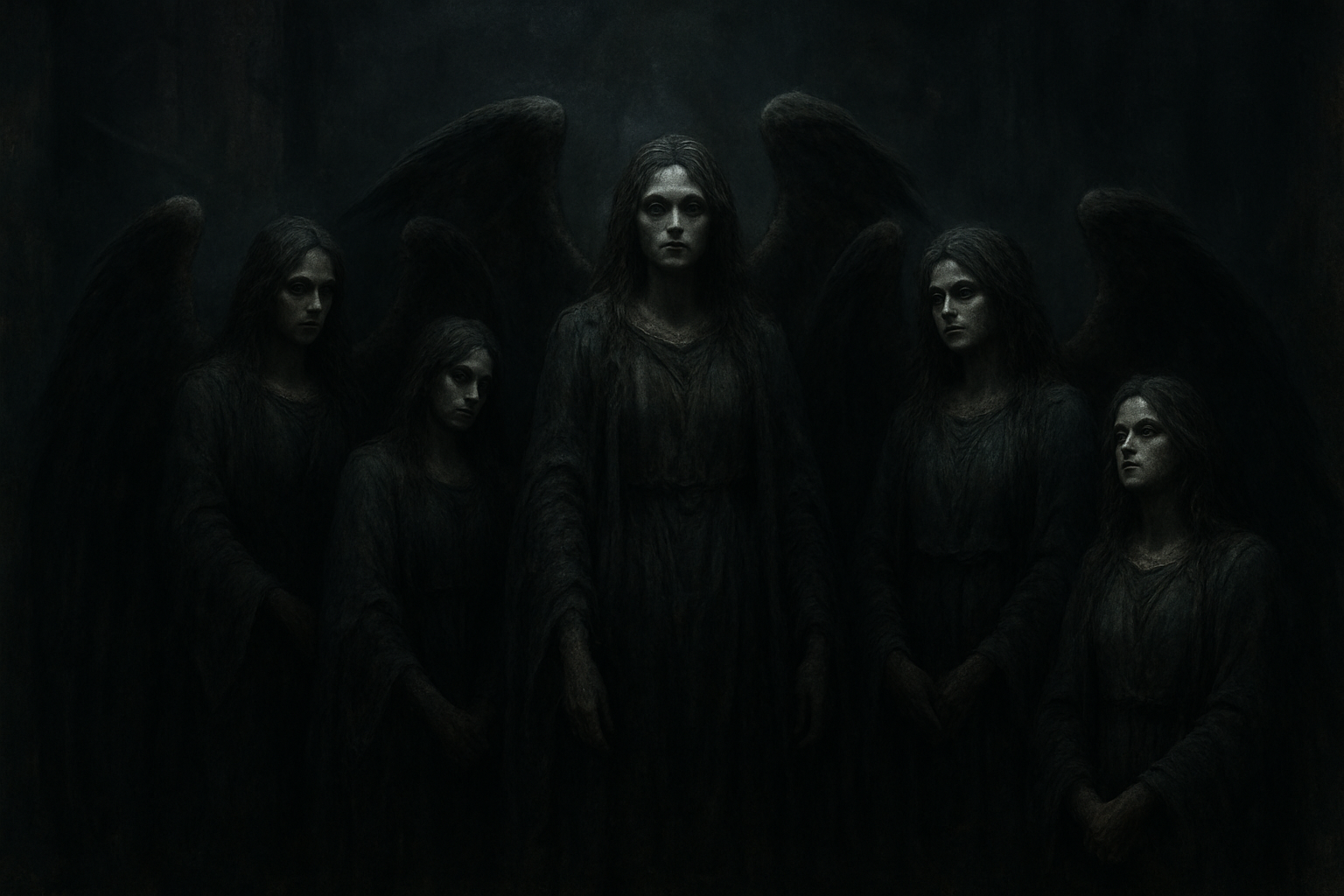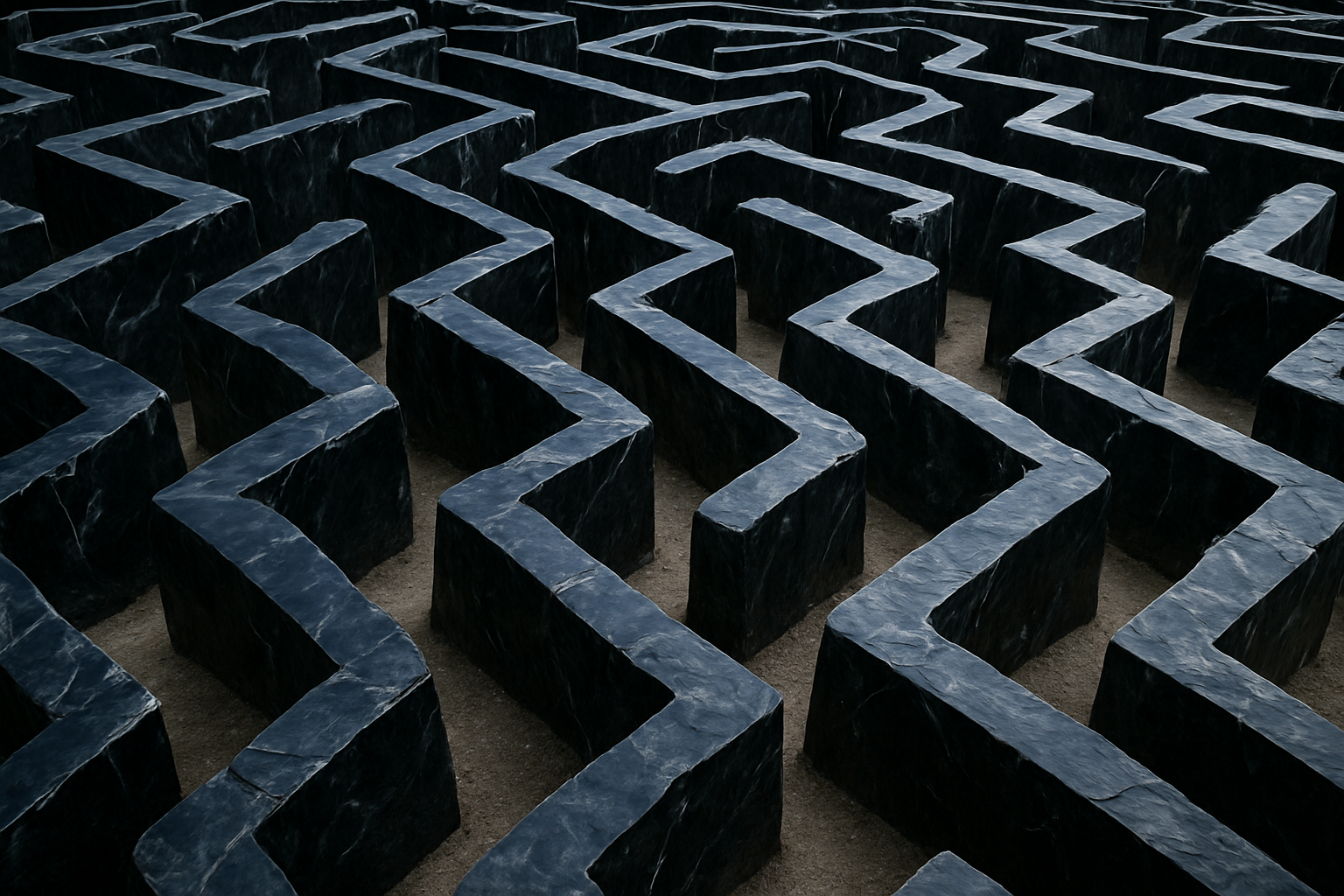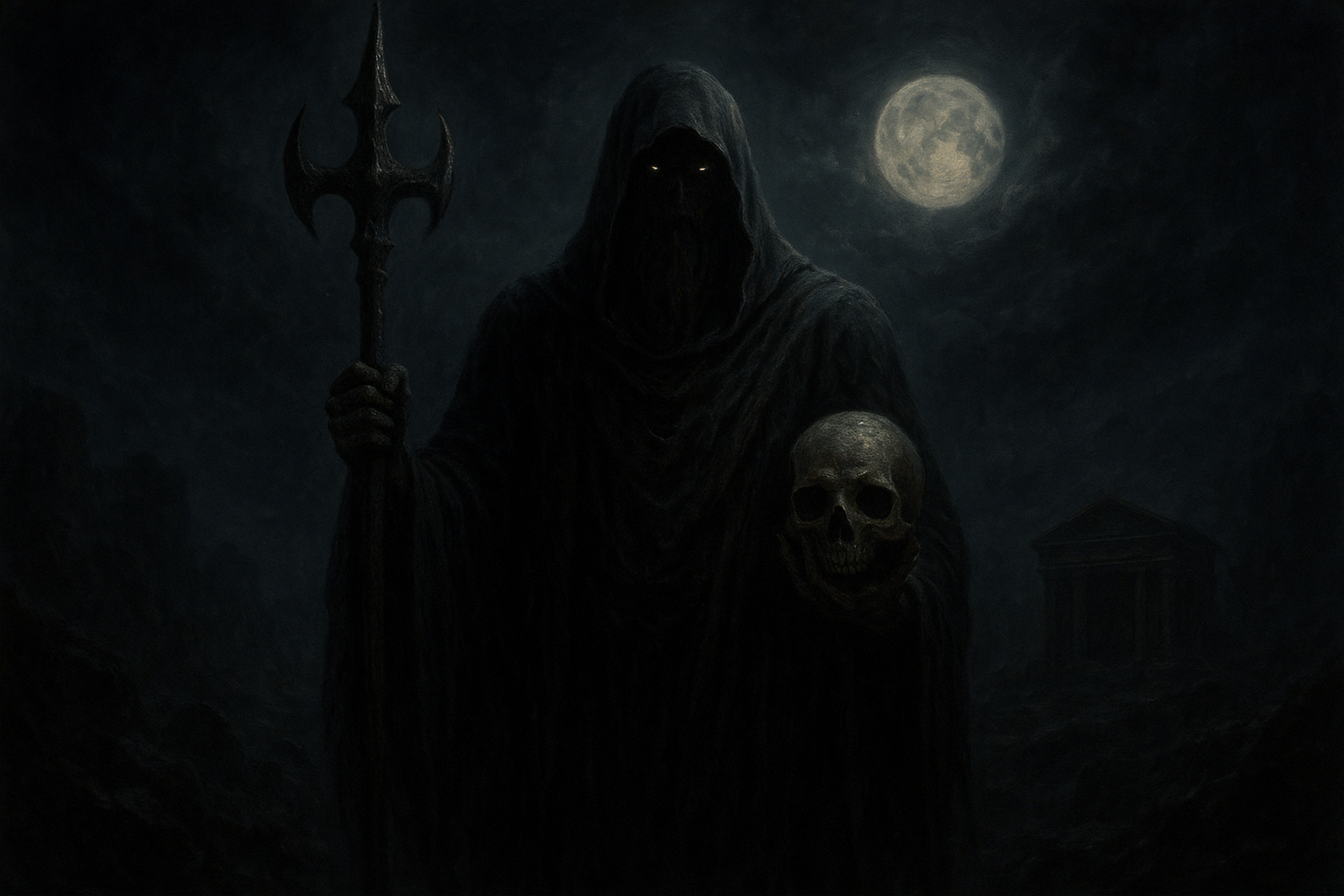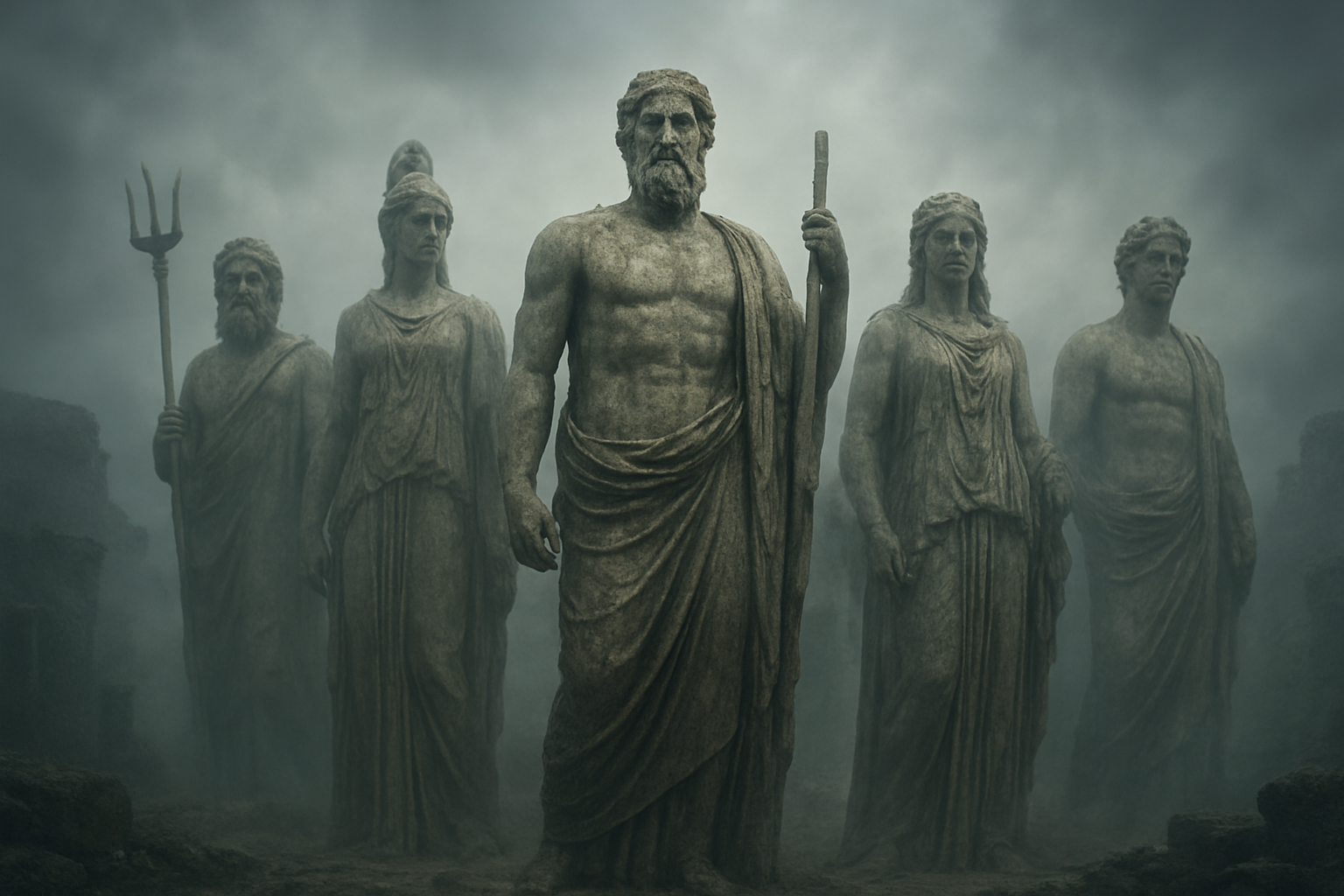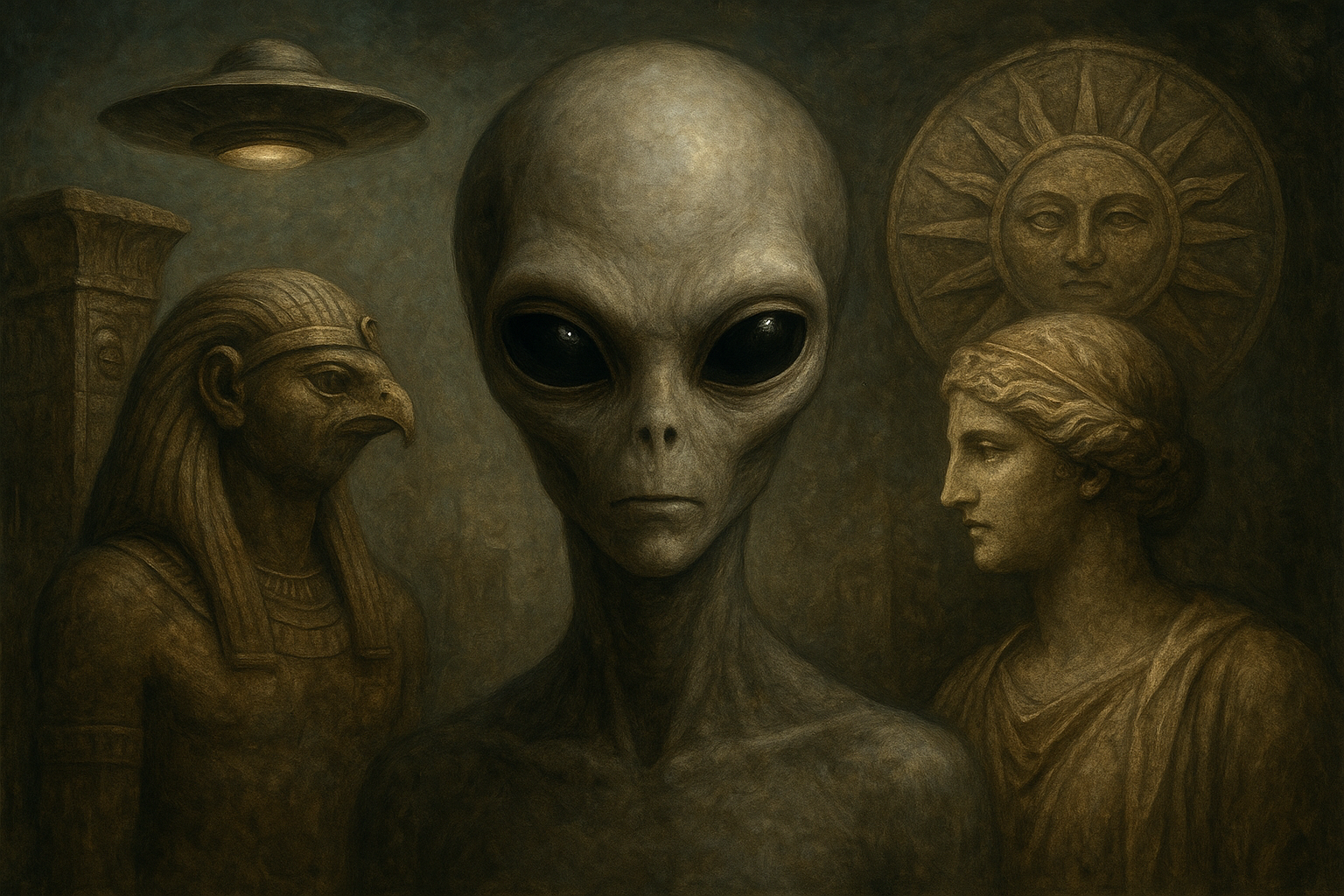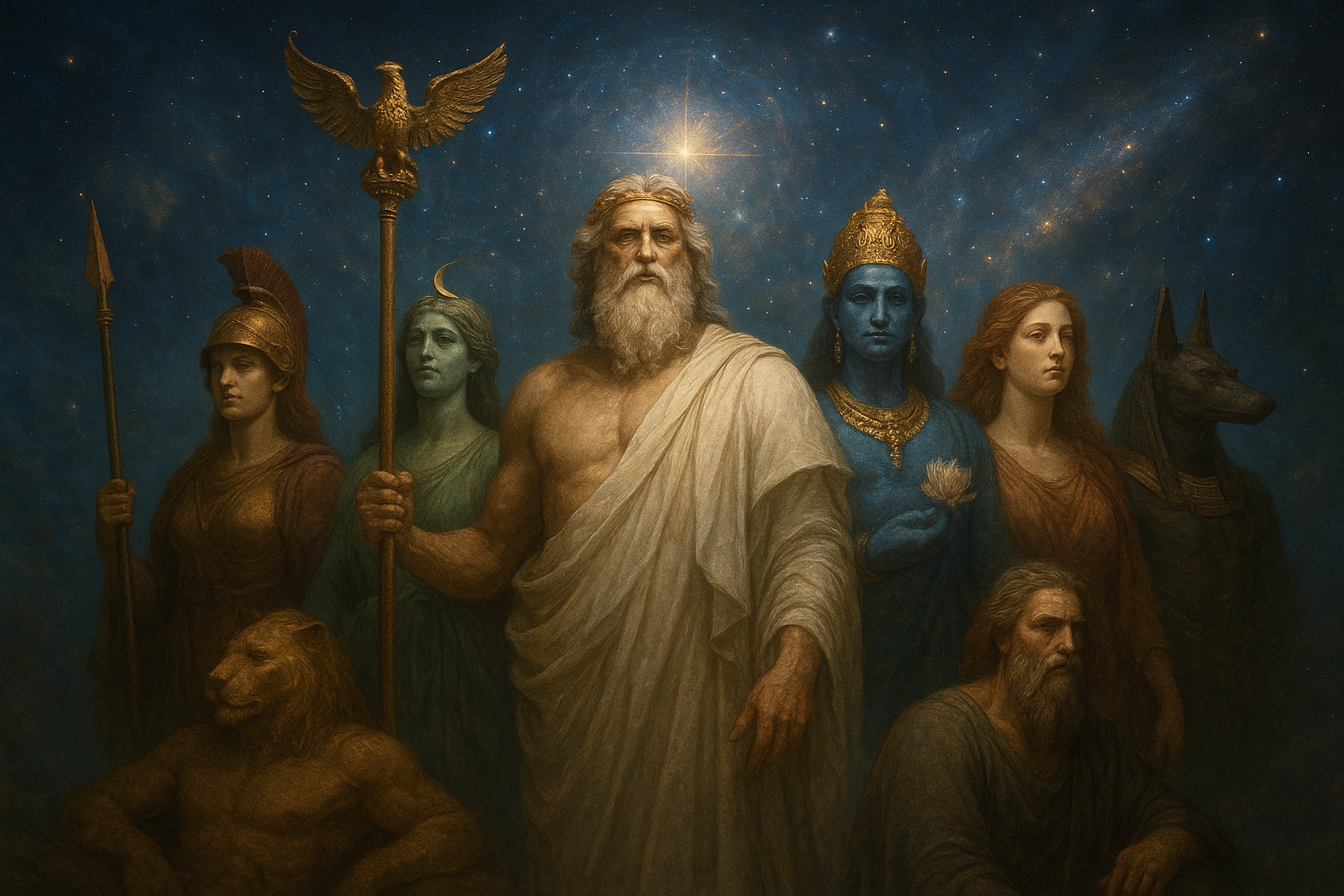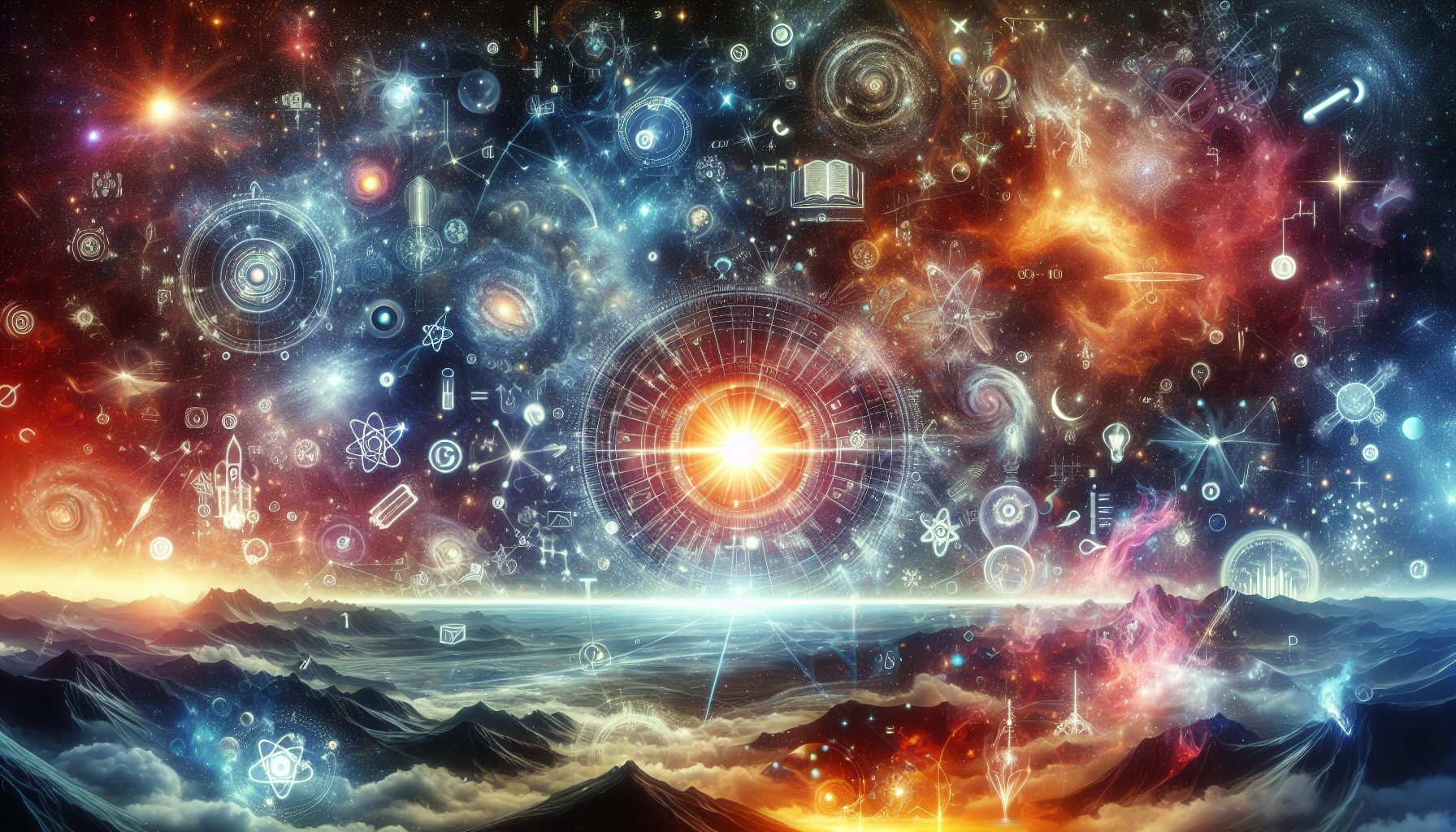“The Hollow Choir,” the latest psychological thriller directed by Emeric Ross, plunges audiences into a world where myth intertwines with the darkness of human soul. It is a cinematic poem that resonates with eerie echoes of ancient legends and angelic symbolism, while unraveling a chilling contemporary mystery.
Plot Overview
The film follows Clara, played with haunting delicacy by Isabelle Dupont, a musicologist who embarks on a journey to discover the source of an ancient melody that is said to call forth angelic figures whenever sung. Set in the mist-draped village of Llyn Draidd, the narrative teeters on the edge of the supernatural, as Clara becomes obsessed with capturing the mythic forces she believes are at play.
“It’s rare to find a film that so beautifully blurs the line between reality and the ethereal,” notes Film Revue, “capturing the haunting essence of folklore while grounding its characters in relatable emotional struggles.”
Mythological Undertones
Ross weaves a tapestry rich with mythological undertones, drawing inspiration from Celtic legends and angelic lore. The title itself, “The Hollow Choir,” references the myth of mythic beings who sing in hollow spaces, calling mortals to divine or dreadful destinies. These elements are not just backdrop; they serve as crucial narrative devices that deepen the viewers’ engagement with the story’s unfolding mysteries.
Mythology experts, such as Dr. Eleanor Harken, have lauded the film’s depth. “It revives ancient tales with a modern conundrum, creating a dialogue between the past and present,” Dr. Harken writes in her Myth Today column.
Angelic Symbolism
The angels in “The Hollow Choir” symbolize both salvation and destruction. They are depicted not as benevolent beings but as mercurial forces reflecting the darker human traits. Their presence raises questions about the nature of good and evil, challenging Clara’s perception and compelling the audience to reflect on their beliefs about divinity and morality.
“The exploration of angels as dual-natured entities is refreshing and thought-provoking,” Cinema Watcher comments. “It defies traditional narratives, presenting a complex portrait of divine influence.”
Performance and Direction
- Isabelle Dupont brings a remarkable emotional depth to Clara. Her performance is nuanced, capturing the character’s growing obsession and existential dread.
- Emeric Ross, the director, employs his signature slow-build technique, allowing tension to simmer with every stark image and dissonant note that adorns the film’s score.
Ross’s direction is particularly praised for its ability to maintain suspense, drawing viewers into the lush ambiance of the Welsh countryside while scrutinizing the more obscure corners of Clara’s inner world. Cinematographer Alan Vance complements the direction with a palate that shifts from shadowed auroras to stark brightness, mirroring the internal chaos of the protagonist.
Visual and Acoustic Elements
The film’s soundscape is its own character. The titular “Hollow Choir” manifests through an exceptional score that elevates the eerie mood. Composer Lia Thrace’s work on the film is a hypnotic blend of traditional choral music and modern, haunting synths, which effectively unsettle while drawing listeners deeper into the film’s mythic heart.
“Thrace’s score is the soul of the film, echoing its themes of otherworldly beauty and perilous inquiries into faith,” mentions Soundscape Magazine.
Visually, the film capitalizes on the Gothic ambiance of the Welsh landscapes. Vance captures the haunting serenity of ancient forests and mist-laden lakes, enhancing the story’s mythological depth and creating an immersive experience that compels audiences to decipher each frame’s hidden meanings.
Conclusion
“The Hollow Choir” stands as a testament to the power of myth intertwined with human psychology. Delving into angelic myths through a modern lens, it challenges audiences to rethink their perceptions of myth and reality, good and evil. The film achieves a delicate balance of horror and beauty, leaving viewers with an unsettling resonance that lingers long after the credits roll.
In the words of Mystic Review, “It’s a masterwork that doesn’t just ask us to watch, but to hear the echoes of timeless tales in the shadows of our own dual nature.”
